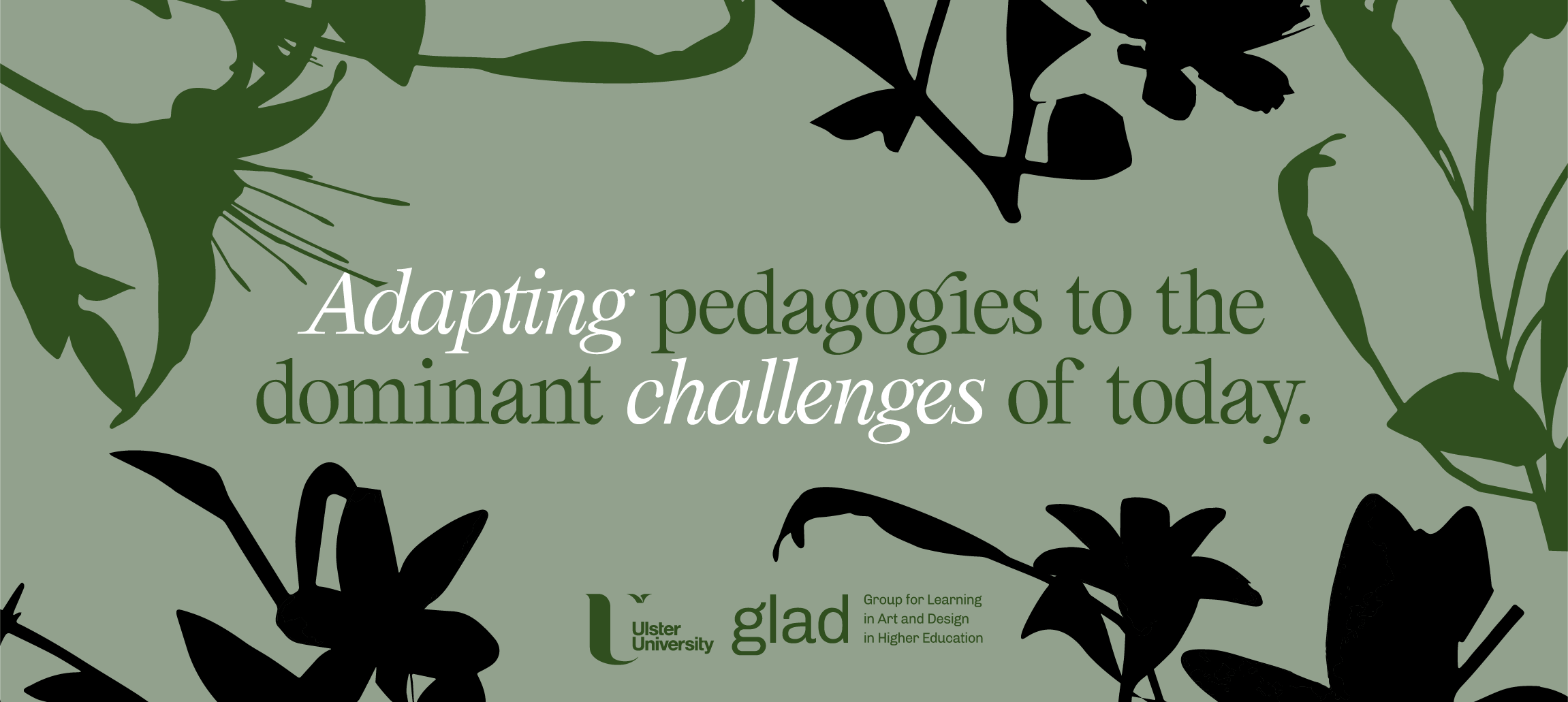See saws and sandboxes: enabling meaningful reflective practice in art and design teaching
Keywords:
Reflective Teaching, reflectvie practice, disciplinary-based reflection, dual professionalismAbstract
This paper tackles the ‘wicked problem’ of reflective teaching in the creative arts. Rittel and Webber (1973) characterise ‘wicked problems’ as problems that include a large number of complex variables, all of which are dynamic, contextually bound, and interdependent. Whilst ‘reflection, the arts and education go hand in hand’ (Burnard and Hennessey, 2006: ix) with students routinely expected to critically reflect, art and design lecturers may not practise meaningful reflection in their own teaching. This phenomenon is further complicated by differences in disciplinary contexts and generic institution-wide intervention. Academic development literature on this topic may be viewed as unconvincing and irrelevant, introducing models of reflection which lecturers may perceive as a ‘right way to reflect’ (James, 2007). Exposing this disconnect between reflective academic development theory and creative arts practice, the paper draws on the insights from a small scale EdD research exploration of how creative arts lecturers talk about reflecting on their teaching (McKie, 2022). The findings offer some new methodologies for stimulating reflection, particularly amongst dual professionals in art and design, which acknowledge the importance of understanding disciplinary social and cultural contexts influencing the take up of reflective pedagogy.
Published
Issue
Section
License
Copyright (c) 2025 Innovative Practice in Higher Education

This work is licensed under a Creative Commons Attribution 4.0 International License.


